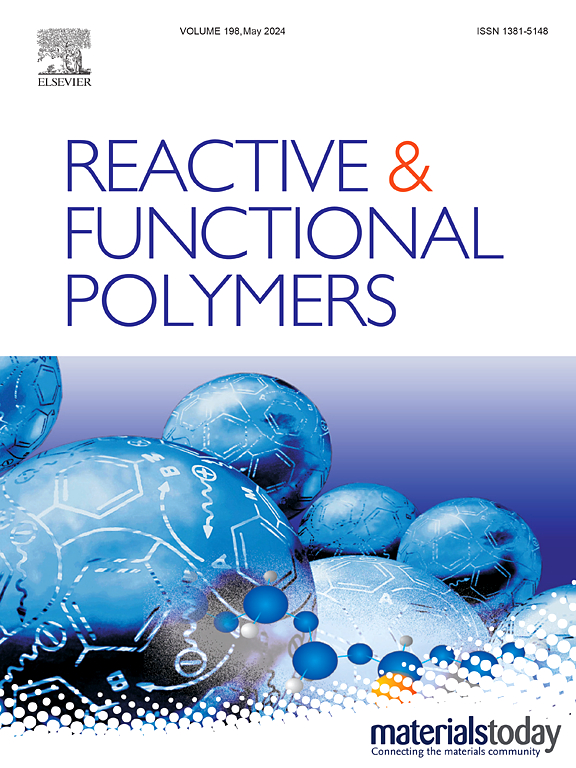Black liquor derived lignin adsorbents for removal of organic pollutants from water
IF 4.5
3区 工程技术
Q1 CHEMISTRY, APPLIED
引用次数: 0
Abstract
We present the preparation of lignin particles from raw black liquor and their chemical modification, so that they can be used as efficient adsorbents to remove organic pollutants from water. For the production of adsorbent powders, pristine black liquor (as obtained from a pulping mill) was emulsified with epichlorohydrin and Span 80 and cured at elevated temperatures. Phospinic esters and organic sulphates were synthetically introduced to the lignin-backbone to modify the adsorbents. The adsorption of organic model compounds, Paraquat, p-nitrophenol, and malachite green were studied. Kinetic and thermodynamic data of the adsorption processes was obtained experimentally and by fitting mathematical models (Langmuir and Freundlich isotherms). Adsorbents showed adsorption capacities of Qe = 62 mg/g for Paraquat, Qe = 199 mg/g for p-nitrophenol, and Qe = 1200 mg/g for malachite green in batch-adsorption experiments. These values are among the highest for any of the model compounds presented in literature. Adsorption occurred reasonably fast for all compounds, reaching plateau-adsorption within minutes to hours.

求助全文
约1分钟内获得全文
求助全文
来源期刊

Reactive & Functional Polymers
工程技术-高分子科学
CiteScore
8.90
自引率
5.90%
发文量
259
审稿时长
27 days
期刊介绍:
Reactive & Functional Polymers provides a forum to disseminate original ideas, concepts and developments in the science and technology of polymers with functional groups, which impart specific chemical reactivity or physical, chemical, structural, biological, and pharmacological functionality. The scope covers organic polymers, acting for instance as reagents, catalysts, templates, ion-exchangers, selective sorbents, chelating or antimicrobial agents, drug carriers, sensors, membranes, and hydrogels. This also includes reactive cross-linkable prepolymers and high-performance thermosetting polymers, natural or degradable polymers, conducting polymers, and porous polymers.
Original research articles must contain thorough molecular and material characterization data on synthesis of the above polymers in combination with their applications. Applications include but are not limited to catalysis, water or effluent treatment, separations and recovery, electronics and information storage, energy conversion, encapsulation, or adhesion.
 求助内容:
求助内容: 应助结果提醒方式:
应助结果提醒方式:


